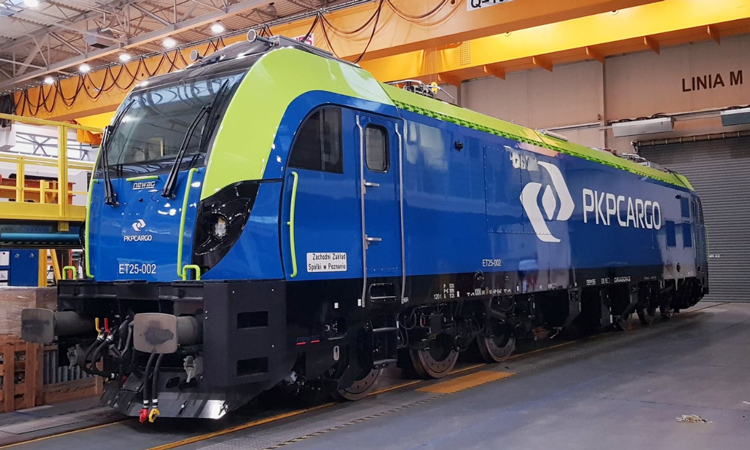Three Dragon 2 locomotives have been purchased by PKP Cargo
Posted: 30 October 2018 | Global Railway Review | No comments yet
Poland’s rail network continues to be improved with the procurement of three modern six-axle electric locomotives.


In the presence of Andrzej Adamczyk, Minister of Infrastructure, the contract between NEWAG and PKP Cargo for the purchase of three Dragon 2 locomotives has been signed.
The Dragon 2 is a six-axle electric vehicle, fully compliant with the Technical Specifications of Interoperability (TSI 2014), equipped with ETCS level 2.
Dragon 2 locomotives use the latest, reliable technologies and provide high comfort to the driver. Their main advantage is their high tractive force, which, combined with the large mass of the vehicle, provides an effective anti-slip system and drive for each axle, enabling heavy cargo sets.
“I am very happy to cooperate with Newag,” said Minister of Infrastructure, Andrzej Adamczyk. “The signing of the contract recognises how Polish engineers are carrying out projects at a high quality level. I thank the President for taking part in the Luxtorpeda 2.0 programme and we will see its benefits with these modern locomotives equipped with the latest power-engineering solutions. Equipping devices with traffic control systems, railway safety systems and ETCS is a step towards the future.”
President of PKP Cargo, Czesław Warsewicz, said: “This contract for the purchase of electric DRAGON 2 vehicles is part of our development strategy – a milestone in order to modernise our fleet.”
“After more than 30 years, this is the first six-axle locomotive purchased by the national carrier – PKP Cargo,” said President of NEWAG SA, Zbigniew Konieczek. “I am proud that the DRAGON 2 locomotive will go to PKP Cargo, but in addition to these locomotives, we also produce EZT, which run virtually all over Poland.”
Global Railway Review Autumn/ Winter Issue 2025
Welcome to 2025’s Autumn/ Winter issue of Global Railway Review!
The dynamism of our sector has never been more apparent, driven by technological leaps, evolving societal demands, and an urgent global imperative for sustainable solutions.
>>> Read the issue in full now! <<<
Related topics
Electrification & Cabling, Rolling Stock Orders/Developments







